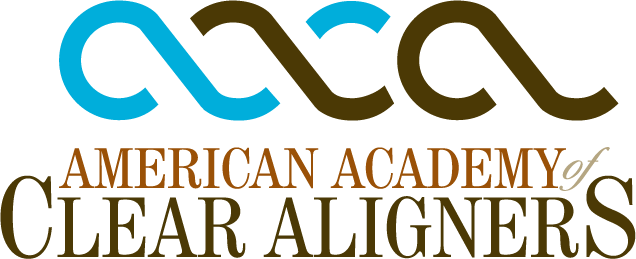Part I of this course focused on the macro trends facing the DSO industry and the various DSO models are available to dentists. Part II will explore in detail the economics of a DSO transaction and the technical points of transaction structures. Although DSO models vary, their approach to practice valuation is the same. After a baseline valuation is defined though, the many variables within a transaction structure can make something bad look good, and vice versa. Any dentist who is contemplating selling their practice to a DSO will benefit from understanding how the learning objectives within this course can help them prepare for a sale. In addition to the technical nuance of a practice valuation, this course will also examine some of the factors that will impact a doctor’s equity value after an initial sale. This course is designed to help dentists better understand how their practice will be valued, how different types of DSO equity may be valued, and the overall path to monetizing the success they have had in building their practice.
Course Objectives
Define earnings before interest taxes depreciation and amortization (EBITDA).
Differentiate between addbacks and adjustments to EBITDA.
Identify common adjustments that impact a practice’s EBITDA.
Define the calculation total enterprise value and equity value.
Highlight common transaction structures that impact the economics of a practice sale.
Summarize and contrast the different types of equity that a doctor has in a DSO transaction.
Understand the difference between multiple and multiple of invested capital.
Jake Berry
Jake Berry has been MB2 Dental’s Chief Development Officer since 2017. He has broad experience in healthcare M&A advisory, capital investment planning, and financial planning and analysis. This background along with his military leadership experience enables him to help dentists understand the range of strategic options they have to maximize the equity value in their practice.
Jake and his wife, Laura, live in Frisco, Texas with their two kids. When Jake is not at work, he has a side hustle as his kids Uber drive for their countless sports practices and games.

